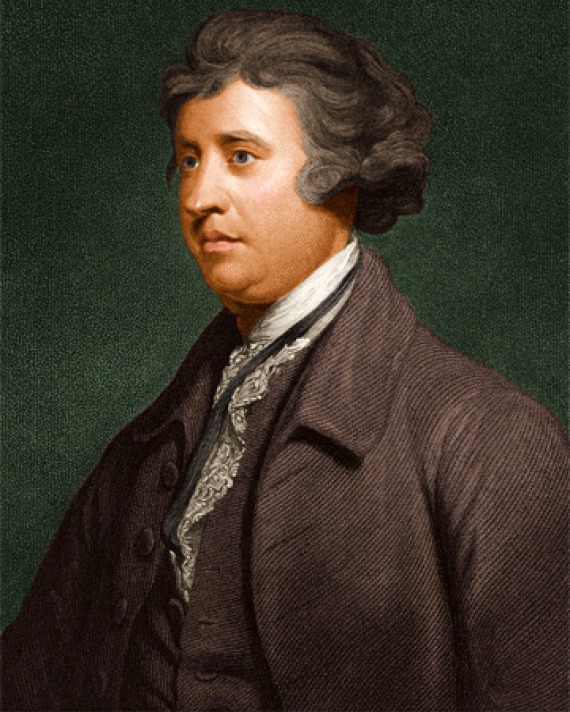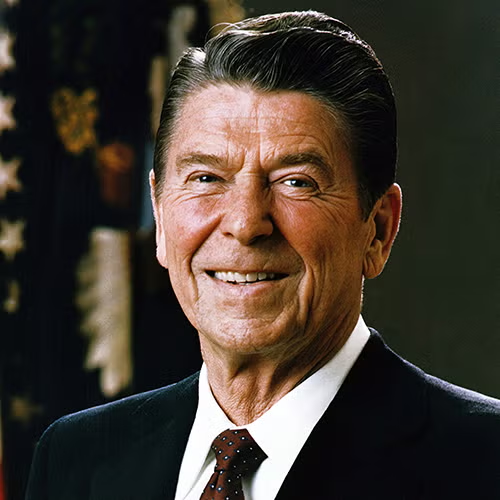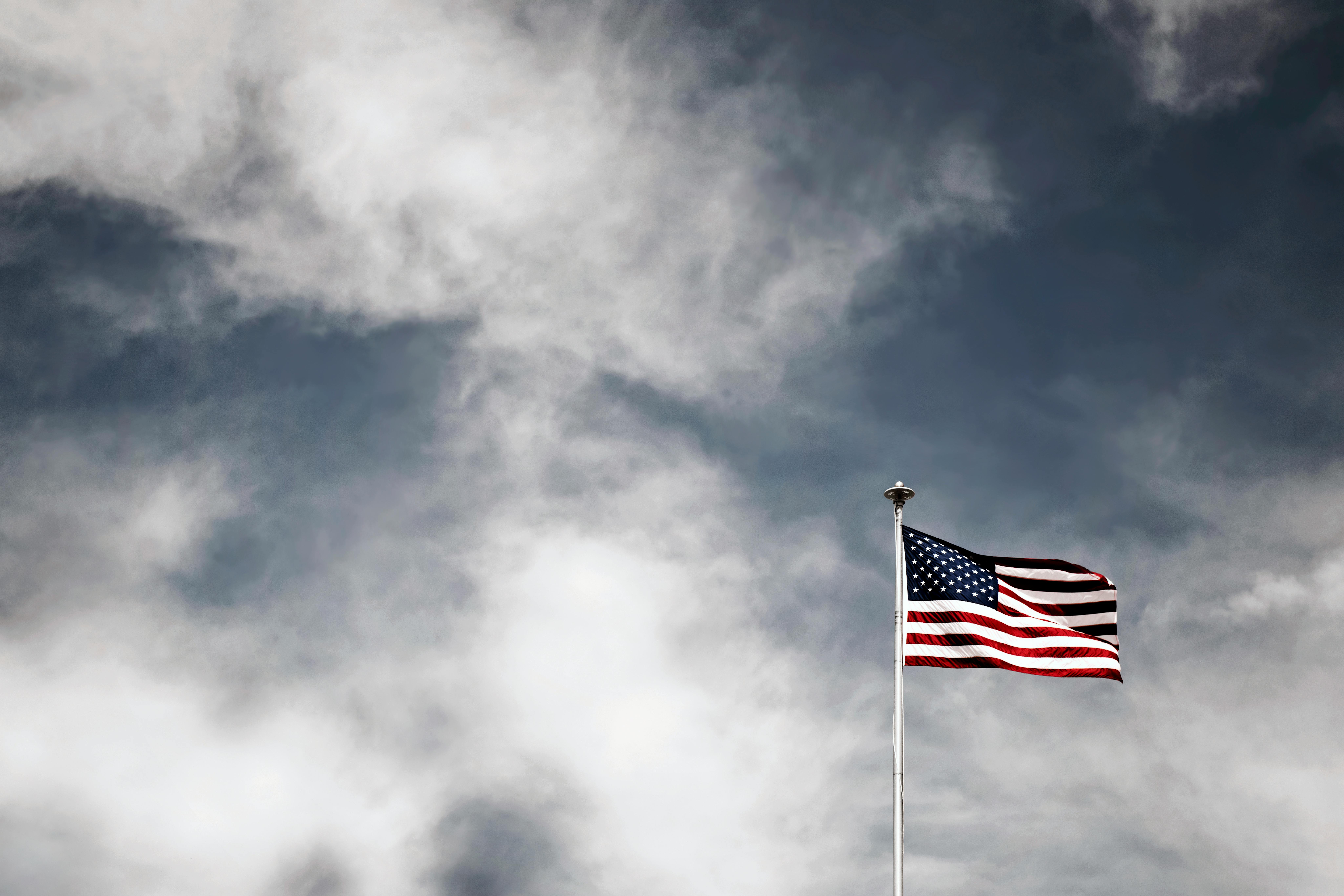What Is Conservatism?
It's not about turning back the clock. It's about building on what works: tradition, order, and freedom.
Conservatism in a Nutshell
-
Respect for Tradition
Institutions and values that have stood the test of time are a source of wisdom.
-
Limited Government
Government should be small to protect individual liberty and free markets.
-
Personal Responsibility
Individuals, not the state, are responsible for their own success and well-being.
Meet the Pioneers

Edmund Burke
The Father of Conservatism
Gradual Change
"A state without the means of some change is without the means of its conservation."

Ronald Reagan
The Modern Icon
Small Government
"The nine most terrifying words in the English language are: I'm from the Government, and I'm here to help."
The Great Divide: Types of Conservatism
Economic Conservatives
-
Free Markets: Unregulated capitalism creates the most prosperity.
-
Low Taxes & Spending: Keep government small and debt low.
-
Deregulation: Fewer rules on business encourages growth.
Social Conservatives
-
Traditional Values: Uphold moral standards often derived from religion.
-
Strong Communities: Focus on family, community, and national identity.
-
Law and Order: A strong legal system is crucial for a stable society.
So, where do YOU fit in?
You've seen the ideas. Now see how your own views measure up on the political spectrum.
Take the Free TestA Deeper Dive
What Does Conservatism Actually Mean?
You’ve probably heard the word “conservative” used on the news, in conversations, or on political buttons. But what does conservatism really mean? At its core, conservatism is a way of thinking about politics and society that aims to keep order, limit government, and protect personal freedom. It’s a set of ideas—not a single rulebook. While it changes in different countries and times, it always focuses on certain key values. To see how these values stack up against the alternative, check out our guide on Conservatism vs. Liberalism.

Roots of Conservative Thought
Edmund Burke: The First Conservative?
Modern conservatism started in the 1700s, during a time of major change in Europe. The French Revolution had thrown out the monarchy and old traditions overnight. Many cheered it as progress, but one thinker, Edmund Burke, warned that sudden change could bring chaos. Burke argued that tradition, customs, and long-standing institutions—like families, religion, and communities—hold a society together. He believed rapid political change tore apart the fabric that gives people identity and purpose. Want change? Go slow. Think long-term. His ideas were the foundation of conservative political philosophy. Burke didn’t say “never change.” He said: “Preserve what works. Improve carefully.”
American Conservatism: Liberty and Limited Government
The United States took conservative ideas in its own direction. While Burke was defending monarchies, America was breaking away from one. After the American Revolution, U.S. conservatives had a different focus: freedom from government control. Here, conservatism became tied to the U.S. Constitution, the Founders’ vision, and a belief in limited government. The idea? Government should protect rights—not run your life.
Key Principles of American Conservatism
- Limited Government: The government should stay out of most areas of life. It exists mainly to safeguard your rights—like free speech, property, and religion.
- Personal Responsibility: People should take care of themselves and their families, not rely heavily on government help.
- Constitutionalism: The U.S. Constitution should be followed closely. It sets clear limits on power and protects freedoms.
- Free Market: Businesses and people should be free to run the economy, without too much regulation.
- Tradition & Morality: Values passed down through religion and culture matter. They keep social order in check.

The Evolution of Modern Conservatives
Conservatism isn't stuck in the past. It adapts as times change. In the 20th century, American conservatives started focusing more on fighting big government, especially during and after the New Deal. They believed these programs made people too dependent on the state. In the decades that followed, conservative leaders like Ronald Reagan pushed for tax cuts, smaller government, and a strong military. Today’s modern conservative might support gun rights, school choice, religious freedom, and stricter immigration.
The Conservative Movement Today
Today's “conservative” in the United States can mean different things:
- Economic Conservatives: Focus on low taxes, limited regulation, and free enterprise.
- Social Conservatives: Want to protect traditional family values and religious freedom.
- Libertarian Conservatives: Emphasize individual liberty and minimal government in all areas, sharing common ground with Libertarianism.
- National Conservatives: Focus on borders, national identity, and law and order.
These groups don’t always agree. But they often unite under the Republican Party, which is today’s conservative party in the U.S.

Famous Books That Shaped Conservative Thought
Want to dive deeper? These books capture key parts of what conservatism means:
- The Conservative Sensibility by George F. Will – A case for why America’s founding ideas are conservative at their core.
- How to Be a Conservative by Roger Scruton – A British thinker explains the emotional and practical roots of conservatism.
- The Right: The Hundred-Year War for American Conservatism by Matthew Continetti – A history of conservative politics in the U.S., from the 1920s to today.
Final Thoughts
Conservatism isn’t just about “left vs. right.” It’s a lens—a way to look at politics, culture, and change. Whether you agree with it or not, understanding it helps you see why millions of people believe in protecting tradition, limiting government, and preserving freedom. Think of it this way: Conservatism is less about turning back time and more about asking, “Before we leap into the future—are we sure we know where we’ll land?”